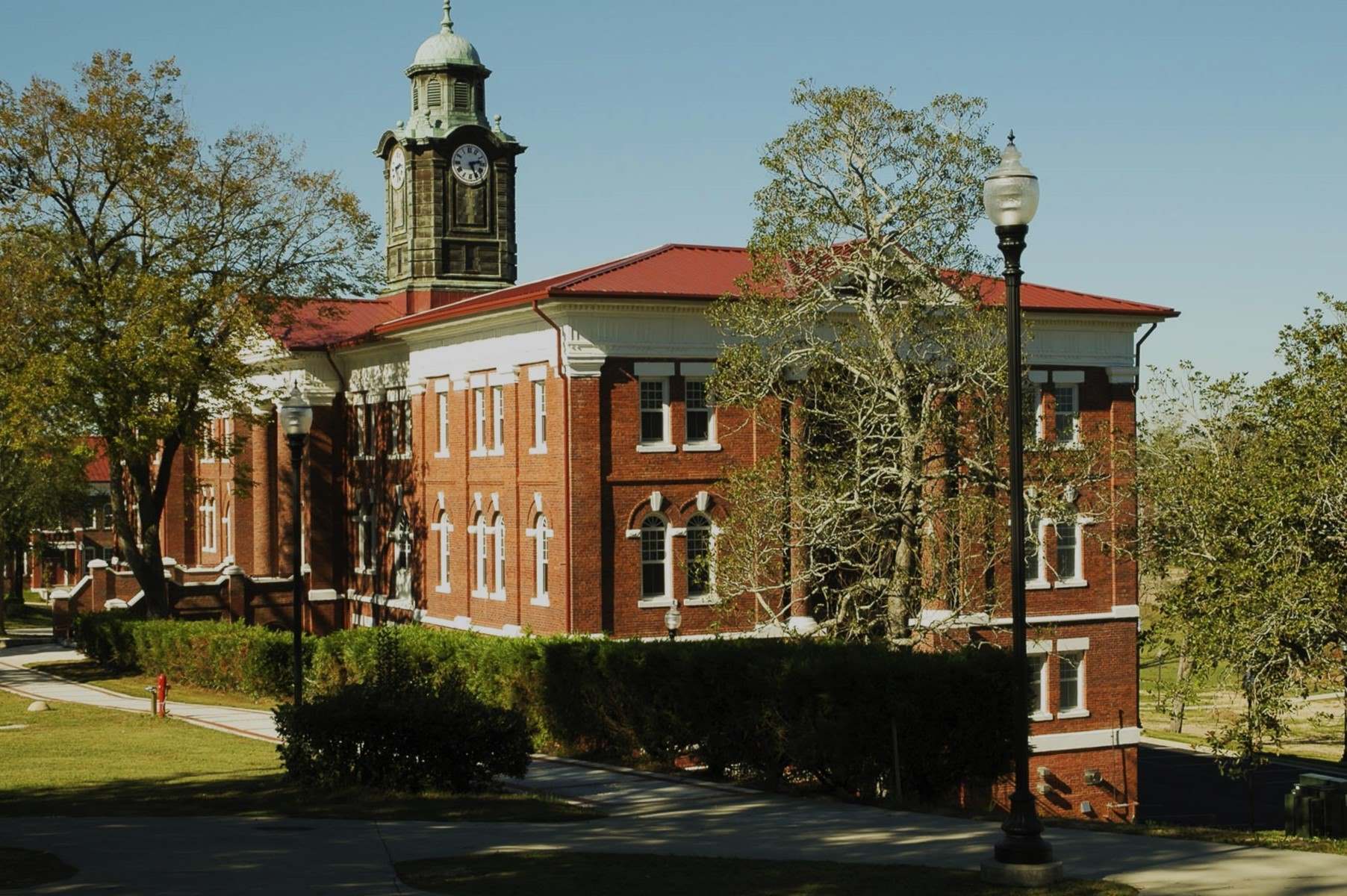Tuskegee Institute National Historic Site – Alabama’s Hidden Legacy

Have you ever wondered about the rich history hidden in Alabama? The Tuskegee Institute National Historic Site offers a glimpse into a pivotal chapter of American history. Founded by Booker T. Washington in 1881, this site isn't just a collection of old buildings. It tells the story of African American education, innovation, and resilience. Walking through the grounds, you can almost hear the echoes of students who once studied there, striving for a better future. From the George Washington Carver Museum to the historic campus buildings, every corner has a story to tell. Ready to step back in time and learn something new? Let's dive in!
Discovering the Tuskegee Institute National Historic Site
Tuskegee Institute National Historic Site in Alabama offers a rich tapestry of American history. This site, established to honor the legacy of Booker T. Washington, provides a glimpse into the struggles and triumphs of African Americans in the South. Here are some must-see spots within the historic site.
Booker T. Washington's Home
Booker T. Washington's home, known as The Oaks, stands as a testament to his life's work and dedication. This beautiful residence offers a peek into his personal life and achievements.
- The Oaks: This grand home, built by students, showcases Washington's vision and the skills taught at the institute. Visitors can tour the house and see original furnishings and personal items.
George Washington Carver Museum
The George Washington Carver Museum celebrates the life and work of one of America's most innovative scientists. Carver's contributions to agriculture and education are highlighted throughout the museum.
Carver's Laboratory: Explore the very lab where Carver conducted his groundbreaking research on crop rotation and peanut products. The lab is preserved to look as it did during Carver's time.
Exhibit Hall: This hall features displays of Carver's inventions and discoveries. Interactive exhibits make learning about his work engaging and fun.
Historic Campus Buildings
The Tuskegee Institute campus itself is a living museum. Many of the buildings hold historical significance and tell the story of the institute's development.
Thrasher Hall: One of the oldest buildings on campus, Thrasher Hall, served as a classroom and administrative building. It stands as a symbol of the institute's early days.
White Hall: This building, originally a dormitory, now houses administrative offices. Its architecture reflects the style and spirit of the early 20th century.
The Legacy of the Tuskegee Airmen
The Tuskegee Airmen, the first African American military aviators, trained at the Tuskegee Institute. Their bravery and skill during World War II are commemorated at the site.
- Tuskegee Airmen National Historic Site: Located nearby, this site includes a museum and airfield where the airmen trained. Exhibits honor their contributions and the challenges they overcame.
The Chapel
The chapel at Tuskegee Institute is more than a place of worship; it's a symbol of hope and unity. Many significant events and speeches have taken place within its walls.
- Tuskegee Chapel: Known for its stunning architecture and acoustics, the chapel hosts concerts, lectures, and ceremonies. It remains a central part of campus life.
The Legacy Lives On
The Tuskegee Institute National Historic Site not only preserves history but also inspires future generations. Each visit offers a deeper understanding of the resilience and ingenuity of those who walked these grounds.
Discovering Tuskegee's Rich History
Tuskegee Institute National Historic Site offers a deep dive into Alabama's rich history. Visiting this site, you’ll walk through the halls where Booker T. Washington and George Washington Carver made groundbreaking strides. The campus is a living museum, showcasing the struggles and triumphs of African Americans in education and agriculture.
Exploring the George Washington Carver Museum, you’ll see his inventions and contributions that changed agriculture forever. The Tuskegee Airmen National Historic Site honors the brave pilots who broke racial barriers during World War II.
This historic site isn't just about the past; it’s a reminder of the progress made and the work still needed. A visit here is both educational and inspiring, making it a must-see for anyone interested in American history. Don’t miss out on this hidden gem in Alabama.

